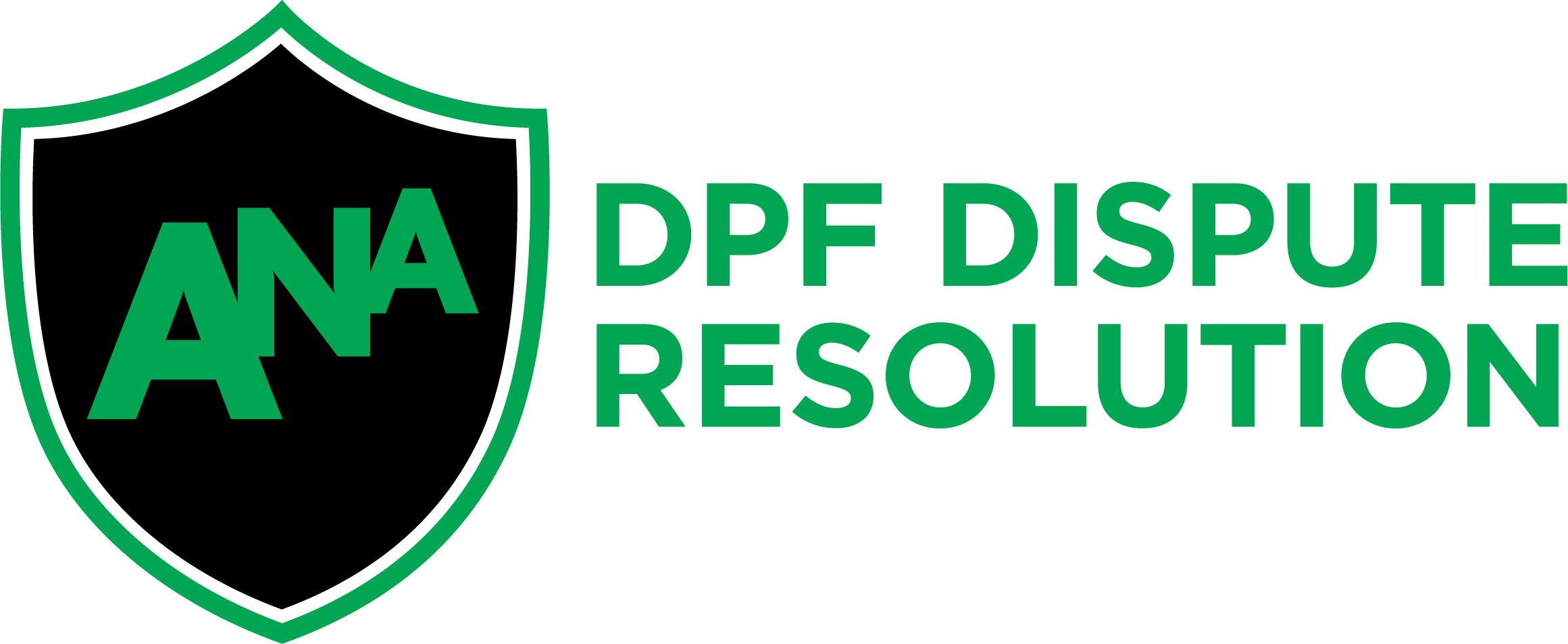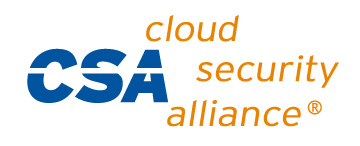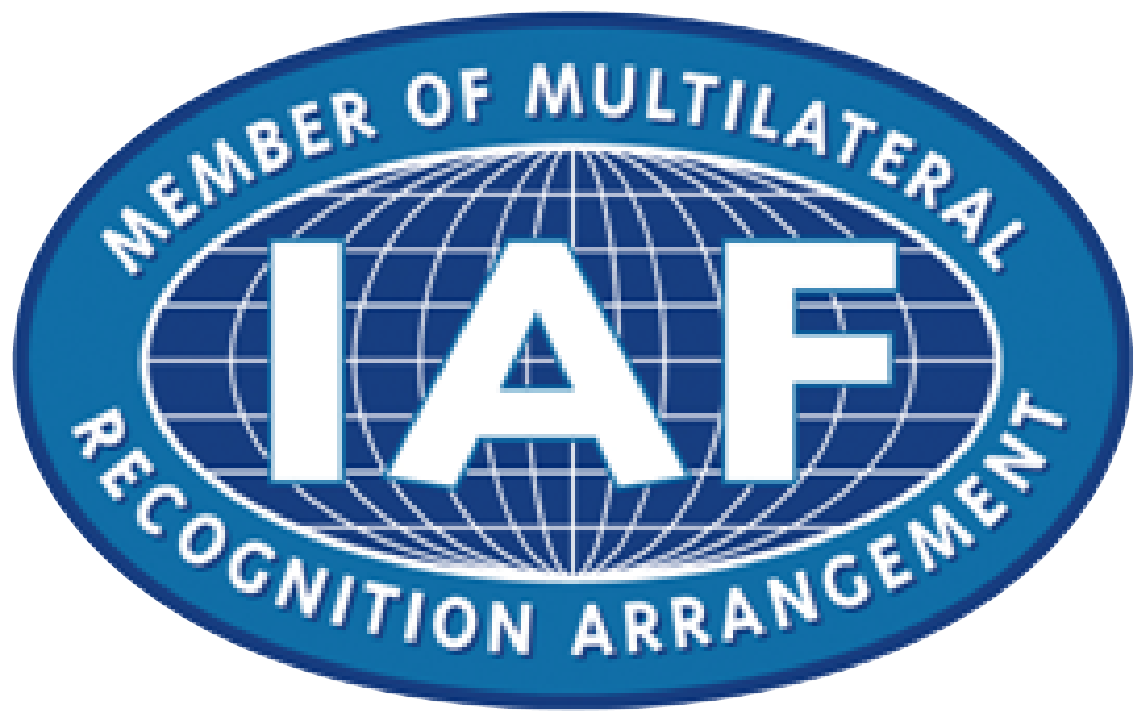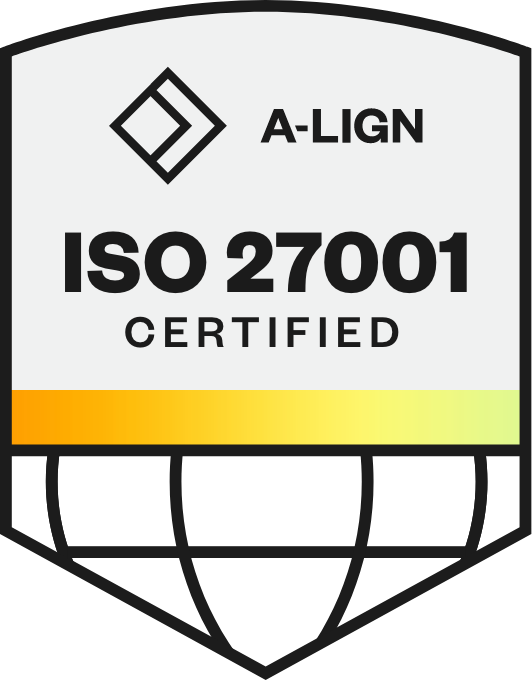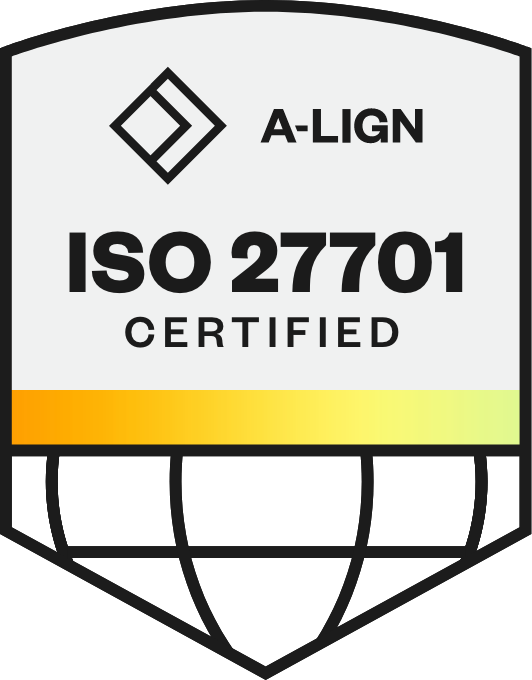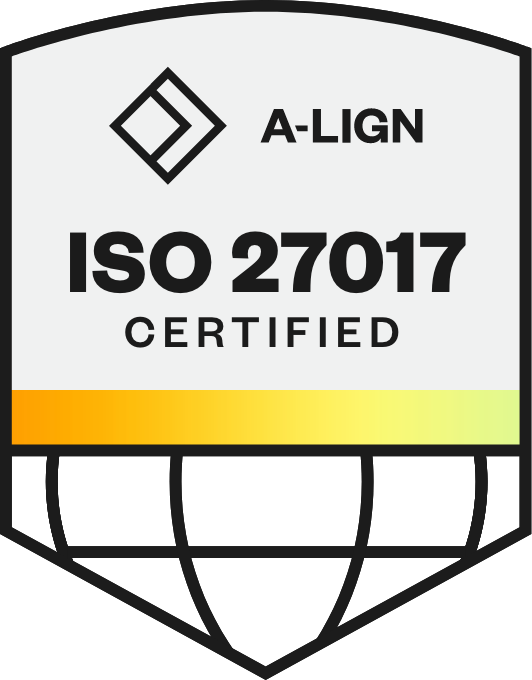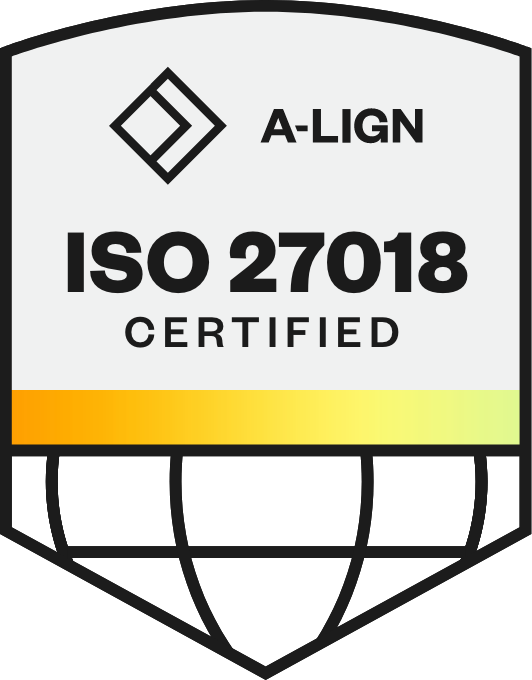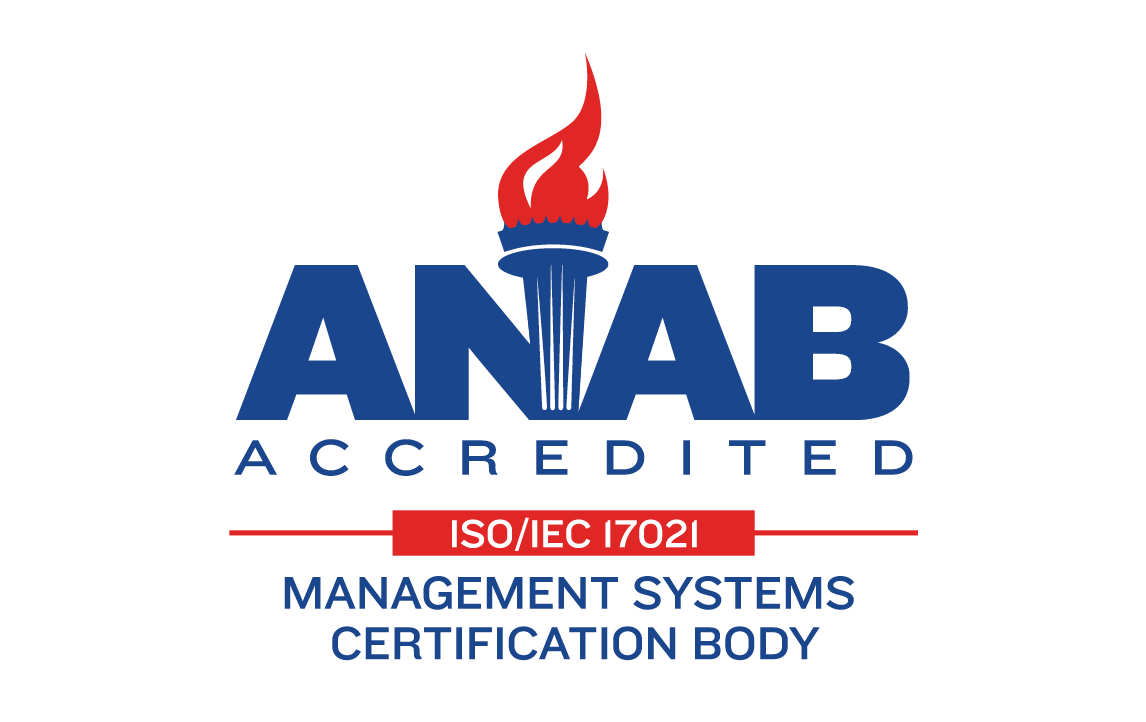
People Analytics: Transforming HR Decision Making with Data-Driven Insights
HR leaders now see that strong talent strategies start with reliable data. Experience still matters — but when backed by structured insights, it becomes a real advantage. That's where people analytics comes in. It gives HR teams a framework to collect, analyze, and apply employee data, moving decision-making from guesswork to evidence-based strategy.
A Deloitte research report reveals that 85% of respondents believe organizations need to create more agile ways of organizing work to swiftly adapt to market changes — highlighting why analytics is becoming a core part of HR technology. While its use may vary by industry, people analytics helps teams connect workforce data to performance results. This creates a clearer picture for smarter talent planning.
In this blog, we'll break down what people analytics really means, how it differs from basic reporting, and actionable ways companies can implement this approach to enhance critical HR functions.
What is People Analytics?
People analytics, also known as HR analytics or workfroce analytics, refers to the practice of collecting, analyzing, and interpreting employee data to improve business outcomes. This data-driven approach transforms traditional HR practices by providing objective insights that guide decision-making across all HR-related functions.
While the terms "people analytics”, "HR analytics," and "workforce analytics" are often used interchangeably, below are important distinctions:
Type | Primary Focus | Key Applications | Data Sources |
|---|---|---|---|
People Analytics | Individual employee behaviors, preferences, and performance patterns | Career development, engagement, and performance optimization | Surveys, performance data, communications data, skills assessments, systems of work, career pathing tools |
HR Analytics | HR processes and operational efficiency | Recruitment optimization, compensation planning, benefits administration | HRIS, ATS, payroll systems, benefits platforms |
Workforce Analytics | Organization-wide workforce trends and planning | Headcount planning, skill gap analysis, demographic trends, labor costs | Aggregate employee data, market data, and financial systems |
Common HR Data Types Used
Implementing people analytics creates a complete picture for more informed workforce decisions. Organizations can tap into two primary data categories:
Internal Data Sources: HRIS and HCM systems, applicant tracking systems, performance platforms, learning management systems, systems of work like JIRA and Salesforce, time records, engagement surveys, and communication platforms.
External Data Sources: Labor market intelligence, industry benchmarks, economic indicators, social media, employer review sites, and educational institution data.
Why People Analytics Matters in 2025
People analytics has become a cornerstone of modern HR strategy. As HR teams shift from reactive solutions to proactive planning, data-backed insights help align workforce decisions with business goals. With AI and digital tools reshaping HR functions, analytics empowers teams to forecast risks, personalize engagement, and strengthen their retention.
In essence, data-driven insights in HR lead to better hiring decisions and higher productivity. These analytics also enable organizations to spot trends in turnover and absenteeism, allowing for timely, targeted interventions.
People Analytics Use Cases in HR
While understanding why people analytics matters establishes its value, seeing how it functions across different HR areas reveals its practical impact. Here's how analytics creates a meaningful impact across six essential HR functions:
Talent Acquisition and Recruitment Optimization
Data analytics transforms recruitment by fine-tuning sourcing efforts and outreach communications and reducing time-to-hire. By analyzing historical hiring data, organizations can refine job descriptions, improve candidate assessment methods, enhance talent attraction efforts, and eliminate bias in selection processes.
Employee Engagement and Retention Strategies
HR people analytics help identify engagement drivers and predict turnover risk by analyzing patterns in survey responses, performance metrics, and communication data. This enables targeted retention strategies for high-value talent and early intervention for disengagement signals.
Related: 13 Effective Employee Retention Strategies for 2025
Performance Management and Productivity Analysis
HR data analytics provides objectiveinsights into performance trends, helping organizations identify high performers, understand productivity factors, and implement more fair and consistent evaluation methods. This evidence-based approach also enables the linking of individual performance to business outcomes.
Diversity, Equity, and Inclusion (DEI) Initiatives
Data analytics in HR play a crucial role in measuring DEI progress by tracking representation, pay equity, promotion rates, and inclusion indicators across demographic groups. This helps organizations identify systemic barriers and develop targeted interventions to create more equitable workplaces.
Workforce Planning
Data-driven workforce planning uses historical trends and future projections to anticipate talent needs, skills gaps, and capacity requirements. This enables more strategic resource allocation and proactive talent development to meet business objectives.
Learning and Succession Planning
People analytics solutions help organizations identify skill gaps, assess the effectiveness of learning initiatives, and build robust talent pipelines for critical roles. By analyzing career progression patterns, HR can develop more effective succession strategies and personalized development plans.
Related: From Strategy to Execution: Succession Planning Best Practices Explained
How to Choose the Right People Analytics Tools
Selecting the right HR analytics solution is critical for successful implementation. The market offers various options, from built-in analytics features in HRIS systems to specialized people analytics. When evaluating potential tools, consider the following essential criteria and approaches:
How to Assess Tool Fit Based on Company Size or Maturity
Organizations should evaluate people analytics solutions based on their specific context.
Small businesses typically need user-friendly, cost-effective solutions with basic reporting capabilities
Mid-sized organizations require more robust integration capabilities and customizable dashboards
Large enterprises often need scalable platforms with advanced analytics features and enterprise-grade security
Beyond considering organizational size, successful implementation depends on selecting tools with the right technical capabilities to support your specific analytics goals. These essential features work together to create a complete solution that delivers actionable workforce insights.
What to Look for in a People Analytics Tool
When evaluating potential solutions, consider these key features and functionalities:
Ease of Use: Intuitive interface that non-technical HR professionals can navigate
Data Integration Capabilities: Ability to connect with existing HR systems and data sources
Visualization and Dashboarding: Clear, customizable visualizations that make insights accessible
Scalability and Flexibility: Capacity to grow with your organization and adapt to changing needs
Predictive and Prescriptive Analytics: Advanced capabilities to forecast trends and recommend actions
Ability to Act: Allow users to not only analyze data, but take action on it in the form of job postings, development plans, reallocation of resource, and more
Security and Compliance: Robust data protection measures and compliance with relevant regulations
Matching the Tool to Your Maturity Level
Organizations at different stages of analytics maturity have distinct needs. Determine where your company is in terms of maturity and business evolution before choosing the right tool:
Early-Stage Teams: Focus on solutions that establish data foundations and basic reporting
Growing Organizations: Look for tools that enable deeper analysis and insight generation
Mature Analytics Functions: Seek platforms with advanced capabilities like predictive modeling and AI-powered recommendations
Implementing People Analytics Step-by-Step
Successful implementation requires a strategic, phased approach that builds analytics capabilities over time. The two steps below will help you get started:
1. Step-by-Step Process to Introduce or Scale Analytics
Following a structured roadmap ensures your analytics journey builds momentum while delivering early value. Below are a few systematic approaches that help you establish the right foundation before tackling analytics challenges.
Assess current data capabilities and identify gaps in your existing systems and data quality
Set clear objectives and key performance indicators that align with business priorities
Choose appropriate tools and platforms based on your organization's needs and maturity; make sure there is not a big gap between finding an insight and acting on it
Train HR staff in data literacy and analytics to build internal capabilities
Start with pilot projects that address specific business challenges and demonstrate value
Scale gradually, expanding to more complex use cases as confidence and capabilities grow
2. Address Common Blockers
Most implementations encounter a few typical roadblocks along the way. Data silos can be addressed by connecting your systems with a straightforward integration plan. Privacy worries tend to fade when you create clear guidelines about data usage.
If your team needs to build analytics skills, consider some targeted training or bringing in outside help. And for those reluctant to embrace change, simply showcase some early successes and get key people involved from the beginning. The sooner you share the positive impact of newly implemented HR people analytics, the easier it will be to inspire widespread adoption as you continue to roll out your solution.
Measuring the Impact of People Analytics
To justify investment and drive adoption, organizations must measure the impact of their people analytics initiatives. Key metrics to track include:
Quality of Hire: Improvement in new hire performance and retention
Attrition Rate: Reduction in unwanted turnover, especially among high performers
Employee Net Promoter Score: Changes in engagement and satisfaction
Internal Mobility Rate: Increases in internal career progression
Cost of Hire: Reduction in recruitment expenses
Speed of Hire: Improvement in time-to-fill for critical positions
When communicating to executives, translate people metrics into business language. Connect lower turnover directly to cost savings and productivity gains. Show how better hiring quality leads to improved customer experiences and higher revenue. This approach transforms HR data into strategic business insights that executives value.
Common Challenges with People Analytics (and How to Overcome Them)
Even with careful implementation, organizations often encounter roadblocks in their analytics journey. Below, we’ve highlighted four typical challenges that emerge across companies of all sizes, along with approaches to address each:
Data Privacy and Ethical Considerations
As HR data analytics capabilities grow more sophisticated, organizations must balance insight generation with ethical data use. Develop clear policies on data collection, storage, and analysis, ensuring transparency with employees about how their data is used.
Resistance to Change
Organizations often experience hesitation when shifting toward analytics-backed decisions. This natural response can be addressed through a structured approach: demonstrate small-scale successes to build credibility, provide targeted training that develops practical skills, and engage influential stakeholders in the planning process to foster broader adoption and support.
Related: Moving into the Fast Lane: Becoming an AI-fueled, Skills-based Organization
Ensuring Data Quality and Accuracy
Analytics insights are only as good as the underlying data. Establish data quality protocols, regular audits, and clear data ownership to maintain accuracy and reliability over time.
Addressing Skill Gaps
Many HR teams lack specialized analytics expertise. Bridge this gap through targeted training programs, strategic hiring, and partnerships with data specialists from other functions like finance or operations.
People Analytics Trends to Look Out for in 2025
People analytics continues to evolve rapidly, with several key trends shaping its future development. Looking ahead, these emerging focus areas will likely define how organizations leverage workforce data in the near future:
Integration of AI
Artificial intelligence is transforming HR analytics through natural language processing, machine learning, and automated insight generation. While it varies by industry, research shows businesses successfully leveraging these technologies are 1.8 times more likely to report better financial results.
AI-powered tools now analyze unstructured data from sources like performance reviews and communication platforms, identifying patterns and sentiment that traditional analytics might miss. Advanced systems can also generate personalized recommendations for managers and employees, making analytics insights more actionable.
Ethical Use of Data and Privacy Concerns
As analytics capabilities grow more powerful, organizations face increasing scrutiny around how they collect and use employee data. Leading companies are developing comprehensive ethical frameworks for people analytics solutions, emphasizing transparency, consent, and responsible use. Privacy-preserving analytics techniques that generate insights without exposing individual data are becoming standard practice.
Related: Ethical AI Development: Balancing Innovation with Responsibility
Predictive Analytics for Strategic Workforce Planning
Predictive capabilities have evolved significantly, enabling leaders to forecast talent needs with greater accuracy. Advanced models now incorporate external labor market data, industry trends, and economic indicators to anticipate skill requirements and talent availability. This supports more proactive workforce planning, helping organizations stay ahead of market changes and talent shortages.
Frequently Asked Questions about HR analytics
1. Are people analytics and HR analytics the same thing?
While often used interchangeably, people analytics typically takes a broader view focused on workforce insights that impact business outcomes, while HR analytics more specifically addresses the optimization of HR functions and processes. Both involve the application of data analysis to human resources information.
2. What is the role of people analytics?
People analytics transforms workforce data into actionable insights that improve decision-making across talent acquisition, development, engagement, retention, and organizational design. Its fundamental role is to replace intuition with evidence in people management.
3. What are the 4 types of HR analytics?
The four primary types include:
Descriptive analytics - What happened?
Diagnostic analytics - Why did it happen?
Predictive analytics - What might happen next?
Prescriptive analytics - What should we do about it?
4. What is the difference between HRIS and HR analytics?
An HRIS (Human Resource Information System) is a platform for storing and managing employee data, while HR analytics refers to the process and tools used to analyze that data for insights. An HRIS serves as a data source for HR analytics, but doesn't inherently provide the analytical capabilities.
The Strategic Future of HR
The evolution of people analytics represents a fundamental shift in how organizations approach talent management — moving from a manual approach to AI-driven insights, from reactive to proactive strategies. As analytics capabilities mature, HR is uniquely positioned to drive strategic value by connecting people decisions to business outcomes.
Success in this new landscape isn't about accumulating more data, but rather asking better questions and making more informed decisions. Organizations that effectively leverage people analytics gain a significant competitive advantage through improved talent outcomes and operational efficiency.
The future of HR lies not in administrative excellence but in strategic leadership powered by data-driven insights, making the most valuable data available to other business leaders to help them manage their teams more effectively. By embracing people analytics, HR professionals can elevate their impact and help their organizations thrive in an increasingly complex business environment.
Download the Workforce Intelligence Guide to learn how Phenom is enabling HR teams to enhance people analytics with AI-powered insights and skill-based intelligence.
Devi is a content marketing writer who is passionate about crafting content that informs and engages. Outside of work, you'll find her watching films or listening to NFAK.
Get the latest talent experience insights delivered to your inbox.
Sign up to the Phenom email list for weekly updates!



